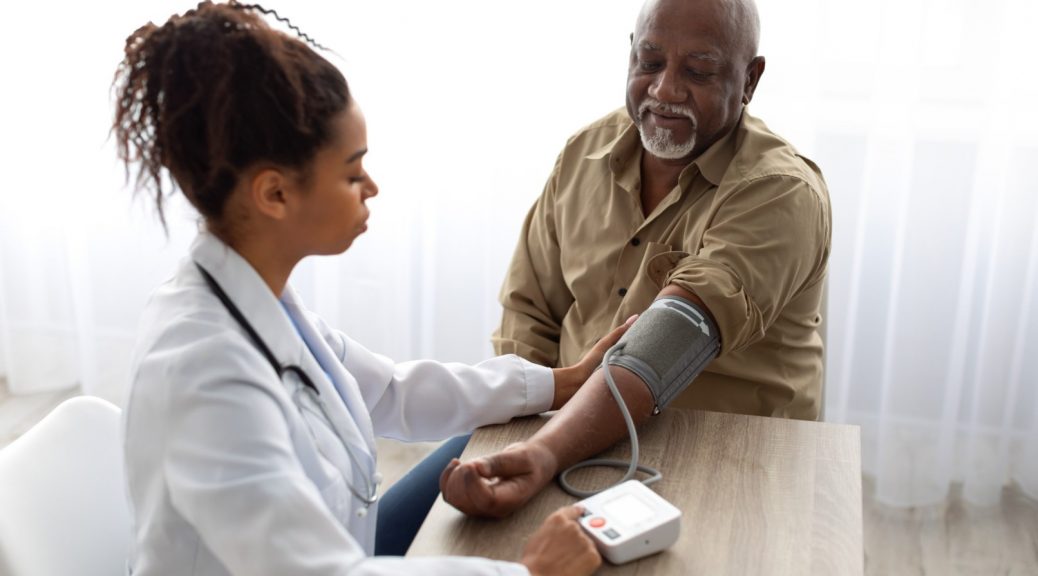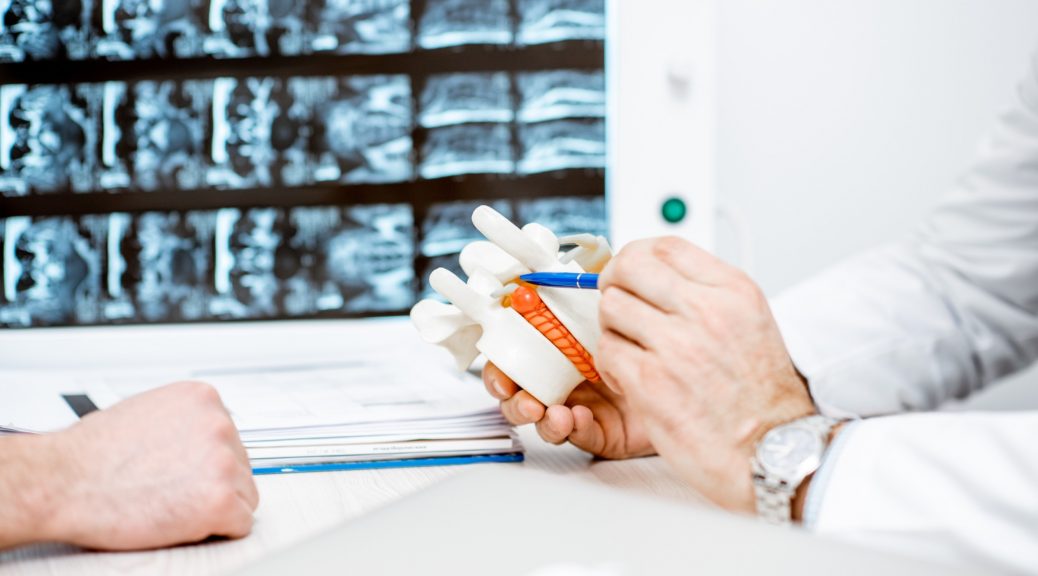Pulmonary hypertension is a medical term assigned to “high blood pressure” within the pulmonary arteries. Due to this disease, the blood carried from the heart to the lungs gets reduced. The prime causes are heart disease, lung disease or hypoxia. Thus, if you want to enjoy a healthy life, then early detection of signs and treatment is highly recommended
The symptoms of pulmonary hypertension are quite hard to notice. It develops slowly and takes months or even years to understand whether you have any such disease. However, as the problem progresses, the symptoms start to get worse.
The signs and symptoms of Pulmonary hypertension
The definite signs of pulmonary hypertension are –
- Cyanosis, where the lip and skin turn blue. This is accompanied by dizziness and fainting probability.
- Chest pain and severe pressure on the chest are felt.
- Pounding heartbeat, fast pulse and palpitation are also witnessed
- Fatigue, shortness of breath and unable to walk or work.
- Short of breath while carrying out daily activities.
- Swelling in the ankle, leg or abdomen is also known as edema.
What are the causes of pulmonary hypertension?
As we know, the heart has two upper chambers and two lower chambers. All these four chambers are equally important for the blood to pass through the heart and reach the other organs of the body, including the lungs.
However, if the pulmonary artery gets stiff or swollen, then it blocks the blood flowing through the lungs. Other than that, it can even slow down the blood flow. This medical situation is known as pulmonary hypertension.
It can be distinguished into five groups, and the causes are quite different when compared.
Group 1 – Pulmonary arterial hypertension
This is believed to be caused due to genetic disorders and runs through the family. Illegal use of substances or drug abuse can also lead to pulmonary arterial hypertension. Congenital heart diseases that occur from birth or conditions such as HIV infection, connective tissue disorder or chronic liver diseases can lead to this type of hypertension.
Group 2 – Pulmonary hypertension occurring due to left-sided heart disease
If the left-sided heart wall, which is the aortic valve, is affected, then it can lead to pulmonary hypertension. Even complete failure of the left ventricle, the lower left heart chamber, can lead to this disease.
Group 3 – Pulmonary hypertension occurring dur to lung disease
If there is a chronic obstruction or you are suffering from an obstructive disorder, then it can lead to pulmonary hypertension. Even pulmonary fibrosis, where there is a scarcity of air between the two tissues of the lungs, can lead to this problem. Obstructive sleep apnea or exposure to high altitude for a longer period of time can lead to pulmonary hypertension.
Group 4 – Hypertension caused by a chronic blood clot
If you are suffering from pulmonary emboli, which is a chronic blood clot within the lungs, then it can lead to this disease. Even clotting in different parts of the body or if you have a clotting disorder, then also it is a sign that you will subsequently develop pulmonary hypertension.
Group 5 – Pulmonary hypertension triggered by health conditions
If you have thrombocythemia, which is a blood disorder, then it can lead to pulmonary hypotension. Other than this vasculitis or inflammatory disease, metabolic disorder, which includes glycogen storage disease, kidney disease or tumor that is pressing or blocking the pulmonary artery, can lead to pulmonary hypertension.
What is the risk associated with pulmonary hypertension?
According to the research, pulmonary hypertension is mostly seen among people aged between 30 to 60 years. As a person gets older, the risk of developing group pulmonary hypertension increases. On the other hand, the cause of pulmonary hypertension that occurs in younger adults is quite unknown.
- The risk of pulmonary hypertension multiplies due to family conditions if the disease runs with the family.
- Blood clotting disorder or having a family history of blood clotting in the lungs.
- Being overweight or too much exposure to asbestos.
- Congenital heart disease.
- Use of drugs for weight loss or using cocaine.
Other than this, living at a high altitude or taking medicines, such as serotonin, to treat depression or anxiety can also increase the risk of pulmonary hypertension.
Complications that are associated with pulmonary hypertension
The right side of the heart can get enlarged. Thus, the heart has to work faster and harder to pump blood through the blocked pulmonary artery. This can lead to heart failure, and it also increases the chances of a blood clot within the small arteries in the lungs.
Hypertension can also lead to irregular heartbeats, which are life-threatening. Even bleeding into the lungs or coughing out blood are potential complications associated with the disease. If pulmonary hypertension is developed during pregnancy, it can risk the baby’s life.
Class division of pulmonary hypertension based on symptoms
As a first symptom, you might witness shortness of breath when you are climbing stairs or walking, which are part of your daily activities. The symptoms can be quite mild at the beginning, but with time, they start to get worse. You will find it difficult to carry on with your daily activities.
Pulmonary hypertension can be divided into 4 classes based on the symptoms noticed. These classifications are done by WHO.
- Class 1 – Here you don’t have any symptom
- Class 2 – Here, when you are resting, you don’t find any symptoms but doing any kind of activity, such as household chores, can lead to shortness of breath
- Class 3 – You may feel it harder to carry out the normal task but might get no symptoms while you are resting.
- Class 4 – The symptoms start showing up even when you are resting, and you are unable to carry out any kind of normal work.
Treatment of pulmonary hypertension
The health provider will conduct a physical examination and also prescribe specific tests to determine and confirm pulmonary hypertension.
You might have to go through several questions based on your health and your family. The medical specialist will check for signs of the lump on your neck and try to determine if any bulging is found. Physical examination is also done to check the size of your liver and signs of edema in your ankles. Blood pressure is measured along with oxygen level.
The test that you have to go through are:
- Blood test
- CT scan
- X-ray
- Ultrasonography
- Pulmonary ventilation test
- Doppler echocardiography
- Right-heart catheterization
Other than this, you might also have to undergo a 6-minute walking test. This will reveal how you can perform your daily activities and whether oxygen is circulating throughout your body during exercise.
Based on the test results, treatment for pulmonary arterial hypotension includes medications and therapy. The medications are calcium channel blockers, diuretics, oxygen therapy, pulmonary vasodilator, etc.
Conclusion
If you want to prevent pulmonary hypertension, you must manage the underlying conditions and bring changes to your daily lifestyle. You must make dietary changes, have proper medications, immediately consult the doctor regarding therapy, exercise daily, and quit smoking and drinking. ILS Hospitals offers an advanced and high-end facility to detect and treat pulmonary hypertension.




















